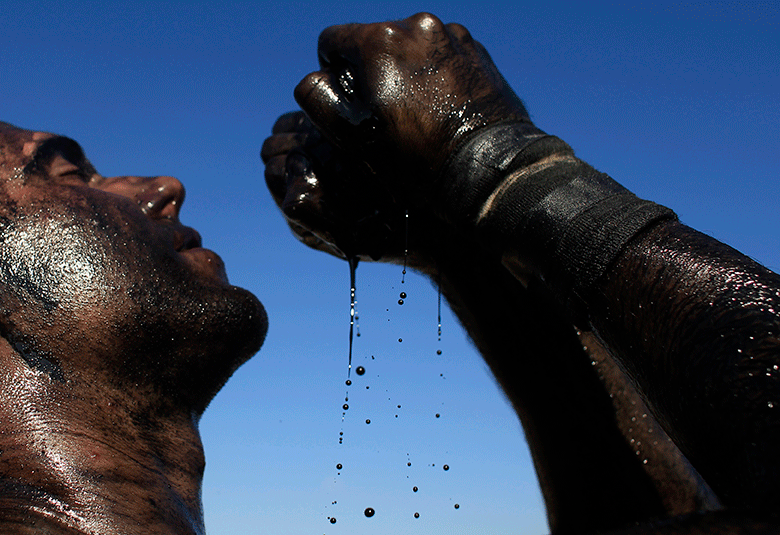Bahrain, it seems, cannot just put its faith in new oil discoveries to improve fiscal revenue
The authorities in March decided to abandon plans for a sovereign bond placement, while advancing only the sale of US-denominated Islamic bonds (sukuk) worth $1 billion.
There was no official comment on the reason for the change of heart, although it was probably due to declining investor confidence linked to the unfavourable fiscal metrics dampening the enthusiasm for holding Bahraini debt.
The country has overseas assets it could liquidate and has long counted on the support of its Gulf neighbours, but sovereign liabilities have increased substantially during the past decade from just 10% of GDP to almost 100%, which is testing this neighbourly philanthropy.
It is a situation that for now seems unlikely to unravel itself easily, despite the improvement in oil prices since 2016 and notable oil discovery announced by the higher committee for natural resources and economic security.
More oil should restore Bahrain’s reputation in the longer term – but with some caution, given the difficulty and cost involved in exploiting the reserves – and many see it as an opportune time to speed up reforms and diversify wealth-creation.
Cloudy picture
Bahrain has failed to impress the experts in recent years on a long-term downward trend in Euromoney’s country risk survey, falling 12 places in the global risk rankings since 2010, to 72nd out of 186 countries.
Its total risk score is now 46.8 from a maximum 100 points, downgraded by a massive 23.5 points during the period, which is more than double the falls experienced by other Gulf nations reeling from the negative oil shock.
These downgrades continued through March, incorporating the latest quarterly results, further eroding Bahrain’s regional advantage given the corresponding improving perceptions of other states including Jordan and Lebanon:
Forecasts recently released by the IMF indicate that the 4% to 5% real GDP growth rates Bahrain experienced in 2013-14 are long gone, with the expansion slowing to a predicted 3% in 2018 and 2.3% in 2019.
The pegged exchange rate linking the dinar to the US dollar is to remain, the authorities insist, but this means interest rates are rising as the US Federal Reserve tightens monetary policy. That will soften the pace of GDP growth also linked to hydrocarbons production.
Domestic price pressure is building, with selective tax rises boosting the headline inflation rate from 1.4% in 2017 to a predicted 2.7% this year, and 4.7% in 2019, while the current-account deficit that emerged in 2015 is likely to persist at around 3% of GDP in 2018-2019.
Bottom line
Bahrain has racked up almost a decade of budget deficits, with the shortfall likely to remain high at around 12% of GDP in 2018, worsening the debt burden and leading to an unprecedented warning to the government from central bank governor Rasheed Mohammed Al Maraj to urgently address the problem.
Few of Euromoney’s survey contributors were willing to talk on the record, but the consensus is generally one of concern and of recommending measures to narrow the deficit to support investor confidence. This includes implementing the longer-term economic plan – Vision 2030 – and taking on board the changes under way in Saudi Arabia.
Measures of economic growth, currency stability and the government finances have been downgraded by risk experts on a one-year basis, with the latter variable further reduced in the latest quarterly survey, outweighing improved political risk measures such as government stability.
One contributor mentioned that the private sector requires lower taxes and fees to become more competitive rather than simply relying on new oil discoveries to improve fiscal revenue.
In the meantime, Bahrain is still falling, making Sri Lanka, Serbia and Jordan – all upgraded in Q1 and just below Bahrain in the global rankings – potentially safer bets.
Link to the source of information: www.euromoney.com


 Signal2forex.com - Best Forex robots and signals
Signal2forex.com - Best Forex robots and signals




